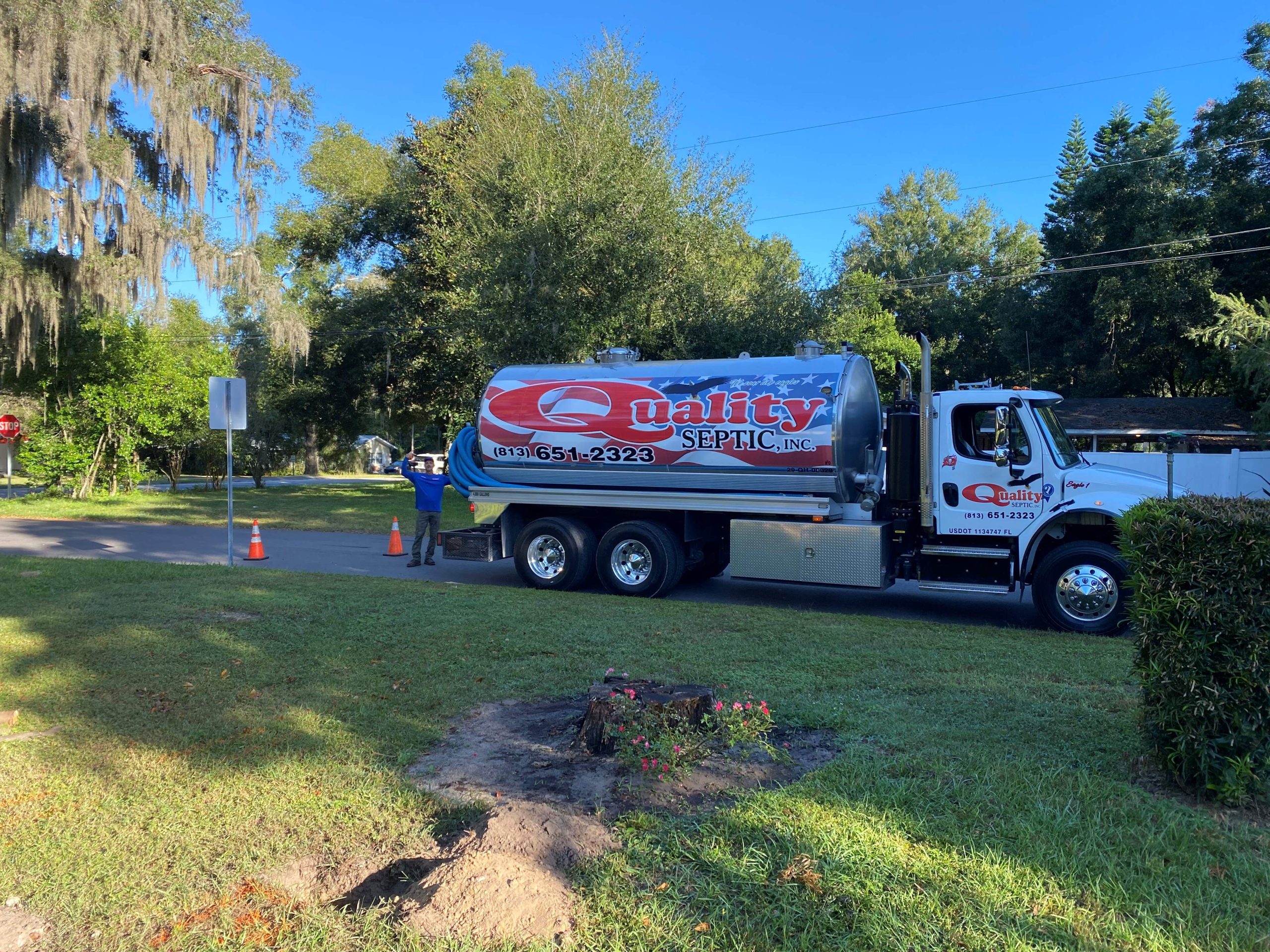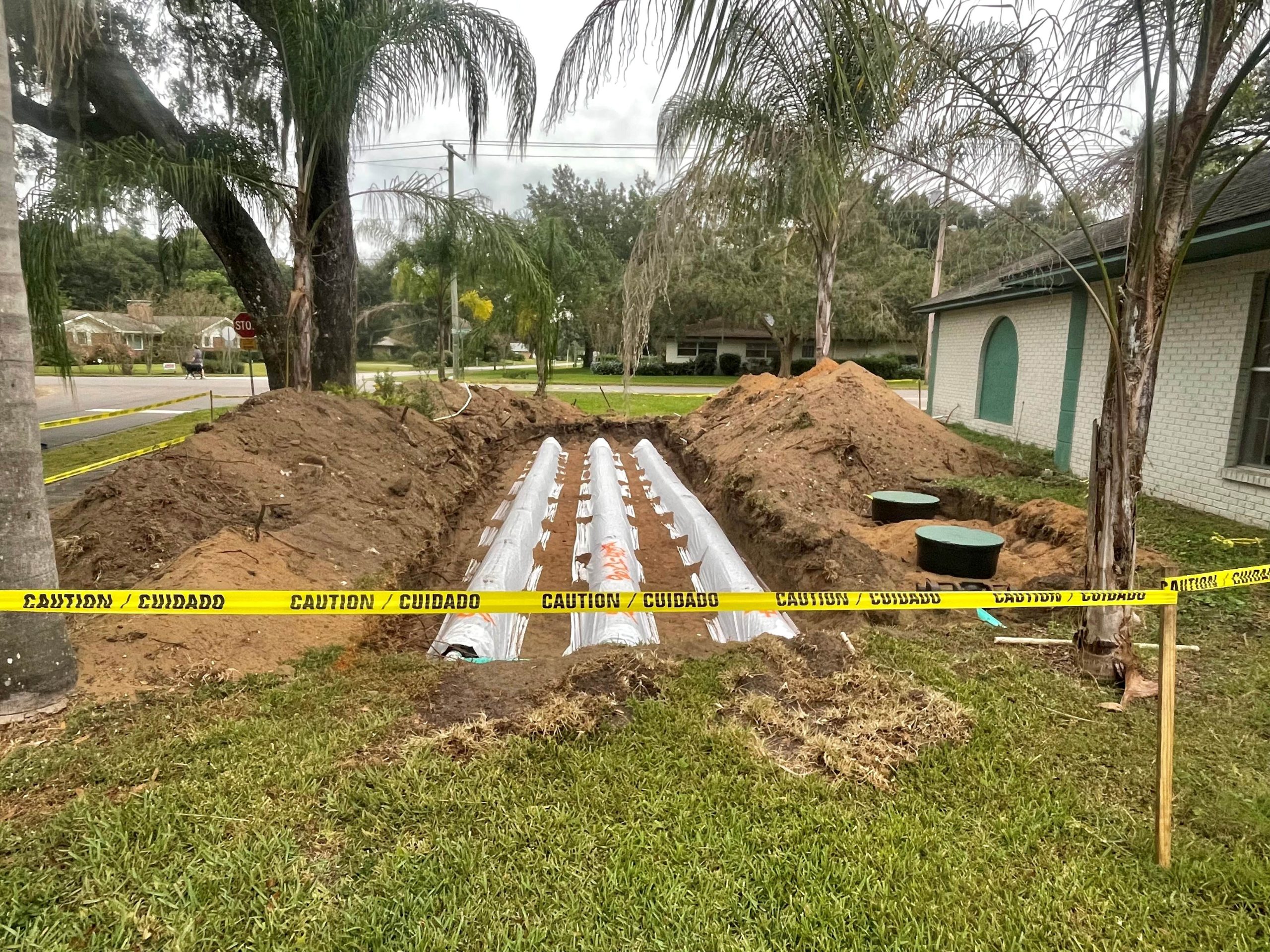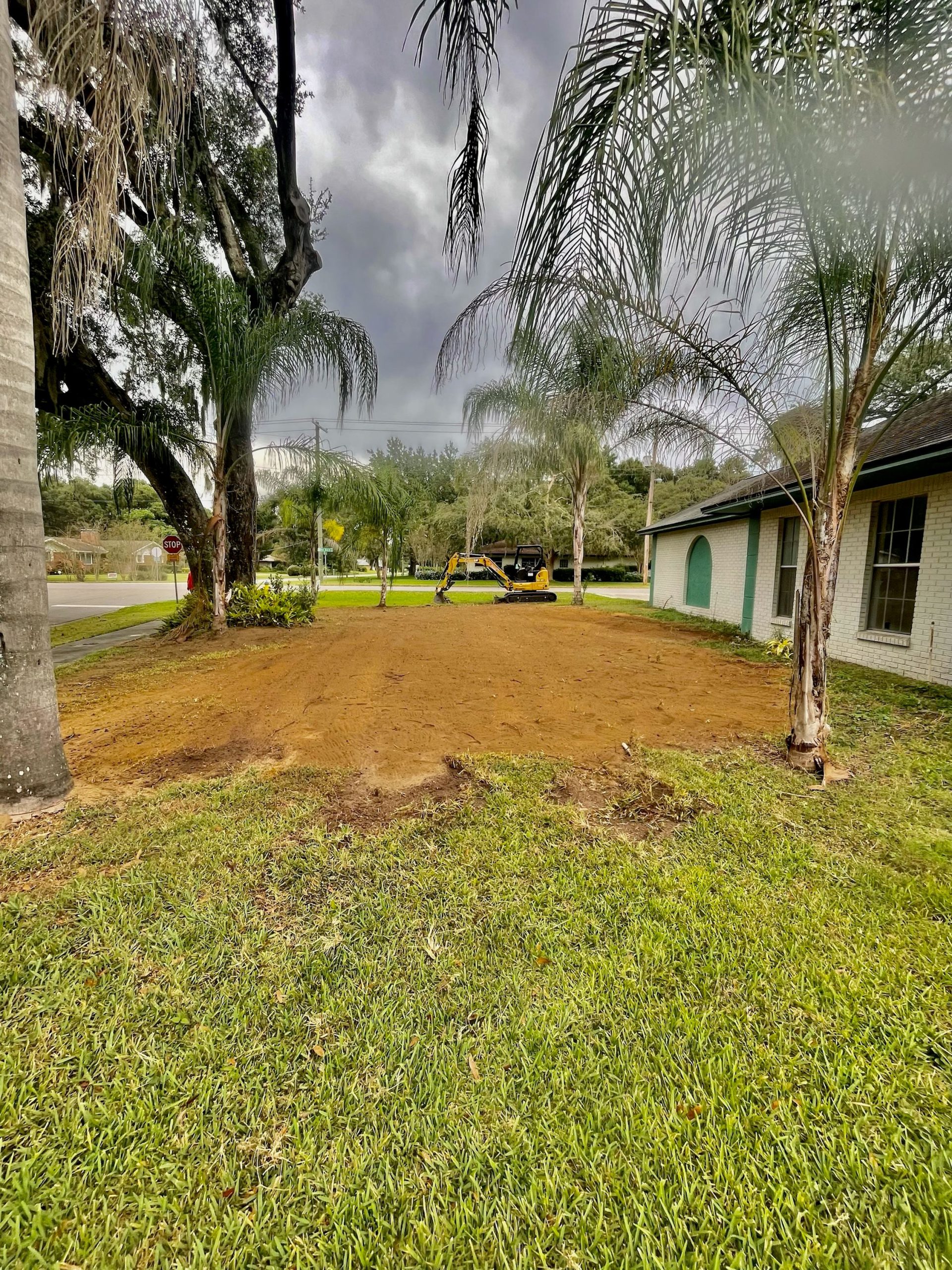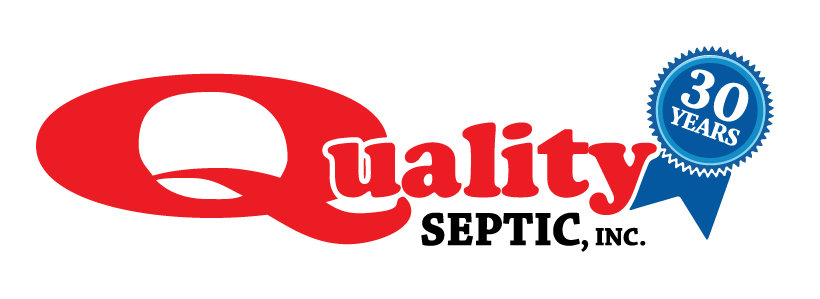Every septic system needs a functioning drain field. The drain field is responsible for safely and efficiently dispersing treated wastewater into the soil. And just like any part of your septic system, drain fields can experience issues that lead to failure. At Quality Septic Inc., we’re here to help you decode drain field failures, understand their causes, recognize the signs, and explore effective solutions to restore optimal functionality.
Common Causes of Drain Field Failures
 Understanding the root causes of drain field failures can help you take proactive steps to prevent them. Some common causes include:
Understanding the root causes of drain field failures can help you take proactive steps to prevent them. Some common causes include:
Straining the System: Excessive water usage, especially during heavy rains, can saturate the drain field and inhibit proper water percolation.
Poor Maintenance: Infrequent septic tank pumping and lack of regular maintenance can lead to solids and scum entering the drain field, causing clogs and reduced efficiency.
Compacted Soil: Heavy traffic, construction, or improper landscaping practices can compact the soil in the drain field, hindering water absorption.
Infiltration of Non-Biodegradable Materials: Flushing items like paper towels, sanitary products, and chemicals can clog the pipes and affect the drain field’s function.
Root Intrusions: Tree and plant roots seeking moisture can infiltrate pipes, causing blockages and damage.
Signs of Drain Field Failure

Identifying signs of drain field issues early can prevent extensive damage and expensive repairs. Look out for these warning signs:
Slow Drains: If multiple drains in your home are slow to empty, it could indicate that the drain field is struggling to handle wastewater.
Sewage Odors: Foul odors in and around your home could be a sign that wastewater is not properly dispersing from the drain field.
Soggy or Standing Water: Puddles of water on or near the drain field, as well as unusually lush vegetation in the area, could signal a problem.
Backups and Overflows: Sewage backups in sinks, toilets, or tubs could be a result of a failing drain field.
Solutions and Preventive Measures

Addressing drain field failures promptly is crucial to avoid more extensive damage. Here are some solutions and preventive measures:
Reduce Water Usage: Conserving water helps prevent overextending the drain field. You will want to fix leaks promptly, install water-efficient appliances, and spread your water usage out.
Schedule Regular Maintenance: Regular septic tank pumping and professional inspections by a reputable septic services company like Quality Septic Inc. can prevent solids from reaching the drain field and detect issues early.
Avoid Flushing Non-Biodegradable Items: Proper waste disposal prevents clogs and system damage.
Root Management: Plant trees and shrubs with shallow root systems near the drain field to avoid root intrusions.
Consult the Experts: If you suspect drain field issues, contact Quality Septic Inc. Our experienced professionals can diagnose the problem and recommend appropriate solutions.
A failing drain field can lead to unpleasant and costly consequences. By understanding the causes, recognizing the signs, and taking preventive measures, you can ensure the longevity and optimal function of your drain field. If you’re experiencing drain field issues or want to schedule an inspection, don’t hesitate to reach out to Quality Septic. Our team is committed to helping you maintain a healthy septic system and a comfortable living environment.

